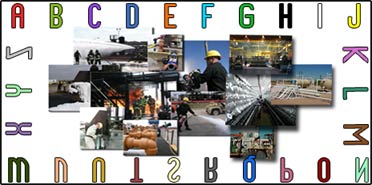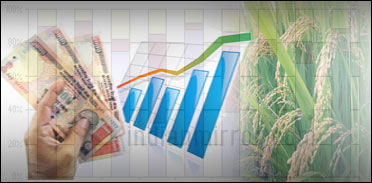Four key industrial economic sectors are identified in India. The primary sector, largely extract raw material and they are mining and farming industries. In the secondary sector, refining, construction, and manufacturing are included. The tertiary sector deals with services and distribution of manufactured goods. India's service industry accounts for 57.2% of the country's GDP while the industrial and agricultural sector contribute 28% and 14.6% respectively. Agriculture is the predominant occupation in India, accounting for about 52% of direct and indirect employment. The service sector makes up a further 34%, and industrial sector around 14%. The labour force totals around half a billion workers. Industry accounts for 28% of the GDP and employ 14% of the total workforce.
Economic reforms brought foreign competition in the industrial scenario, led to privatization of certain public sector industries, opened up sectors hitherto reserved for the public sector and led to an expansion in the production of fast-moving consumer goods. Textile industry is the second largest source for employment after agriculture and accounts for 26% of manufacturing output.Information technology is one among the fastest growing sector contributing to one third of the total output of services. The growth in the IT sector is attributed to increased specialization, and an availability of a large pool of low cost, highly skilled, educated and fluent English-speaking workers around the country. Cities like Bangalore, Hyderabad and Pune have established themselves as major IT hubs in the country.
The Indian environment is suffering a great deal due to this industrialization. Pollution, deforestation, and the destruction of flora and fauna continue to skyrocket. But industrialization did have good outcomes. Material well-being and improved health care came to our doorsteps. New goods, new choices and new comforts came about. It also led the way for other ideas such as women's rights, human rights, right to information and child labor laws, etc. Simply stated, industrialization did have its good aspects as well as its bad on India. But indeed the Industrial Revolution was a huge achievement.
 |
 |
 |
 |
 |
 |
 |
 |


